Description
Introduction
Bidirectional pigging refers to a specialized technique used in the maintenance and inspection of pipelines, particularly in the oil and gas industry. Utilizing a device known as a “pig,” which can travel in both directions within the pipeline, this method efficiently clears blockages, assesses the pipeline’s condition, and ensures its optimal operation. The bidirectional capability of the pig enhances its effectiveness, allowing for comprehensive coverage and increased operational flexibility, making it an invaluable tool for ensuring pipeline integrity and safety.
Understanding Bidirectional Pigging
Bidirectional pigging refers to a specialized procedure in pipeline maintenance that involves the use of pigs — devices inserted into pipelines — that can travel in both directions within the pipeline system. The bidirectional pigs, equipped with discs, can be driven by the pipeline fluid in either direction, offering enhanced flexibility in pipeline cleaning, inspection, or blocking applications. This bi-directionality allows for efficient execution of tasks without the need to alter the pipeline configuration or reverse the flow direction.
Key attributes
- Applicable Industries: Building Material Shops, Construction works, Energy and mining, Pipe Pigging, oil&gas pipeline
- Weight (KG): 6
- Showroom Location: None
- Video outgoing inspection: Provided
- Machinery Test Report: Provided
- Place of Origin: Liaoning, China
- Warranty: 6 Months
- Brand Name: EMT Pigging
- Condition: New
- Color: Red
- Nominal Size Range: 2~60inches
- Medium temperature: -40~120℃
- Material: Polyurethane
- Main accessories: Discs
- Drive Interface Type: Seal Disc
- Feature: Pipeline Cleaning
- Certification: ISO9001
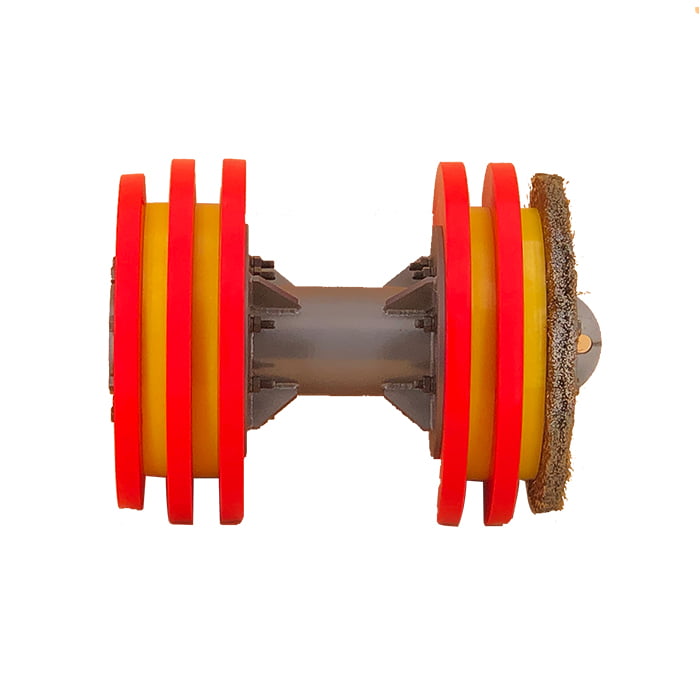
Operational Efficiency and Benefits
Bidirectional pigs also have the advantage of versatility, which means you don’t need a whole menagerie of different types of pigs in your toolbox. This flexibility of function not only cuts down on the equipment costs but also streamlines the entire operation, making life easier for those running the show. Moreover, the regular and effective maintenance ensured by these handy tools can extend the pipeline’s life. Think about it: A longer lifespan means fewer replacements and repairs, boosting efficiency and safety in the journey of pipeline operations. So, in the grand scheme of things, bidirectional pigs are kind of like the unsung heroes keeping the pipeline game strong and steady.
Maintenance advantages and reduced downtimes
Maintenance Advantages:
Bidirectional pigs are capable of performing a variety of tasks such as cleaning, gauging, and batching. This versatility means you can use the same pig for multiple purposes, reducing the need for different types of pigs for different tasks. This not only simplifies maintenance procedures but also reduces the likelihood of equipment failure, as you’re using a single, versatile tool rather than multiple specialized ones.
A bi-directional pig plays a crucial role in this process by acting as a physical barrier between different types of fluids. When it’s launched into the pipeline, it moves along with the flow of the fluid, effectively separating one batch from the next. This ensures that there’s no mixing of different products, maintaining the quality and integrity of each batch.
Reduced Downtimes:
One of the main causes of downtime in pipeline operations is blockages or buildup in the pipeline that requires clearing. The bidirectional pigs can move in both directions within the pipeline, allowing them to effectively and thoroughly clean the pipeline and remove any blockages or buildup. This reduces the likelihood of unexpected blockages leading to downtime.
Also, because they can move in both directions, bidirectional pigs can be used to perform multiple passes without needing to be removed and reinserted. This cuts down on operational time, further reducing downtime.
Furthermore, the ability of bidirectional pigs to perform regular and effective pipeline maintenance can prevent issues from arising that can cause downtime, such as pipeline damage or failure. This proactive maintenance approach is key to minimizing downtime and keeping pipeline operations running smoothly.
Industry Applications
The use of bidirectional pig has become a cornerstone in the oil and gas industry due to its multifaceted advantages. As the industry grapples with the efficient and safe transportation of oil and gas through pipelines, bidirectional pigs have emerged as an indispensable tool. They can move in both directions within the pipeline, providing thorough cleaning and inspection, and effectively maintaining the health of the pipeline system. This not only mitigates the risk of pipeline blockages that can disrupt the flow of oil and gas but also aids in detecting potential issues early, preventing costly repairs or catastrophic failures. Additionally, their role in batching is crucial in multi-product pipelines, where they act as physical barriers to separate different types of fluids, ensuring the quality and integrity of each product. Thus, bidirectional pigging is a key element in the operational efficiency and reliability of pipeline systems in the oil and gas industry.
Beyond the oil and gas industry, bidirectional pig has found its place in numerous other sectors including water treatment, food and beverage industry, and chemical plants. In water treatment facilities, these handy tools are crucial in maintaining the cleanliness of pipelines, ensuring there is no buildup or obstruction that could hinder the flow of water. Their role becomes even more indispensable in the food and beverage industry where hygiene is of utmost importance. Bidirectional pigs act as diligent gatekeepers, segregating different products within the pipelines and ensuring high cleanliness standards. In sectors like power plants or chemical factories, where different fluids need to be transported through the same pipeline, bidirectional pigs help prevent cross-contamination and keep the pipeline clean and efficient. Overall, whether it’s securing the flow of water in a treatment plant, upholding hygiene in a beverage factory, or protecting against cross-contamination in a chemical plant, bidirectional pigging has a vital role to play.
Conclusion
In conclusion, bidirectional pig plays a crucial, multifaceted role in various industries, ranging from oil and gas to water treatment, and even the food and beverage sector. These versatile tools traverse pipelines in both directions, providing thorough cleaning, efficient inspection, and effective maintenance, all while enhancing operational efficiency and reducing downtime. Whether it’s acting as a barrier to prevent fluid mixing in multi-product pipelines, or ensuring hygiene and cleanliness in the food and beverage industry, bidirectional pigs are the unsung heroes that keep our pipelines efficient and reliable. They embody the proactive approach to maintenance, helping industries prevent costly repairs and catastrophic failures, and ensuring the smooth, safe, and efficient transportation of various products. Their pervasive utility across different sectors underscores their importance and the pivotal role they play in keeping our modern industrial world running smoothly.


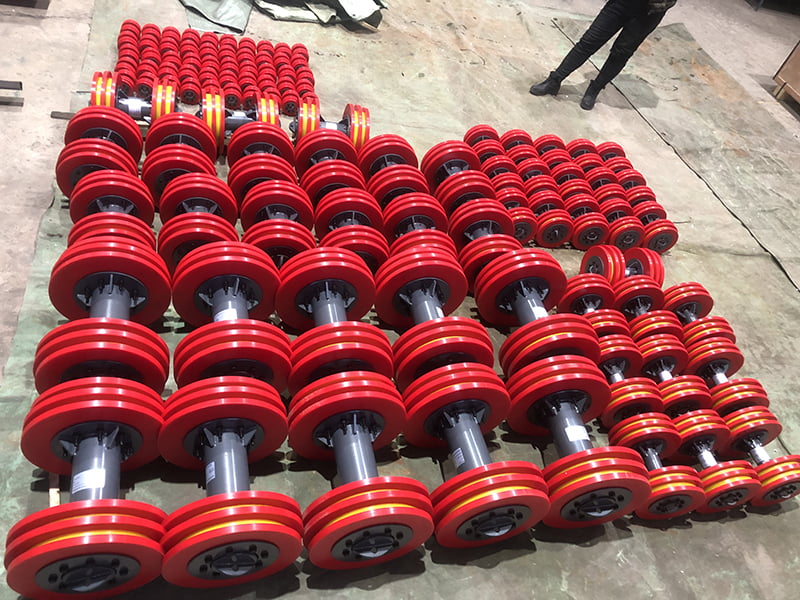
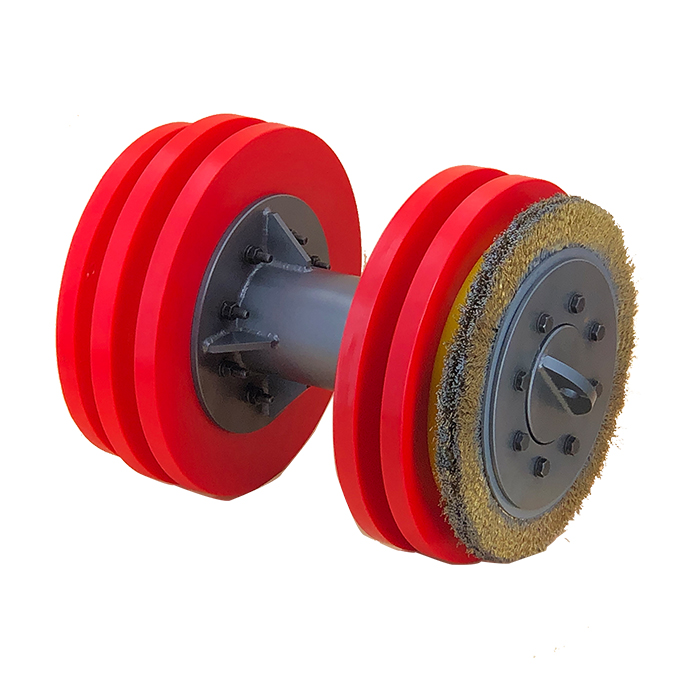


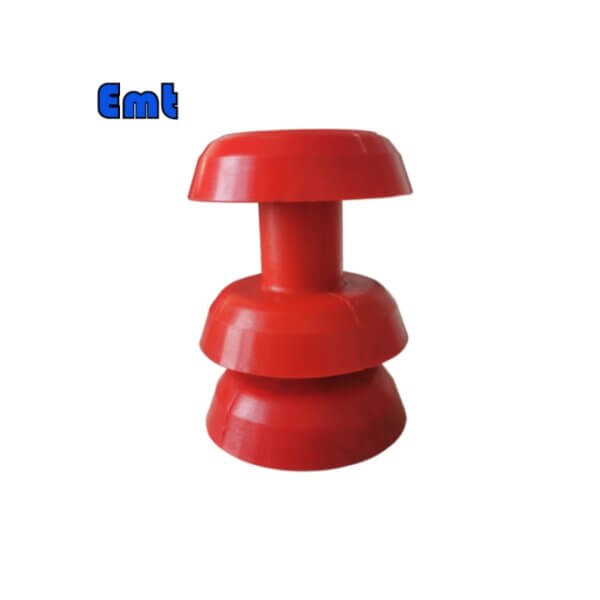
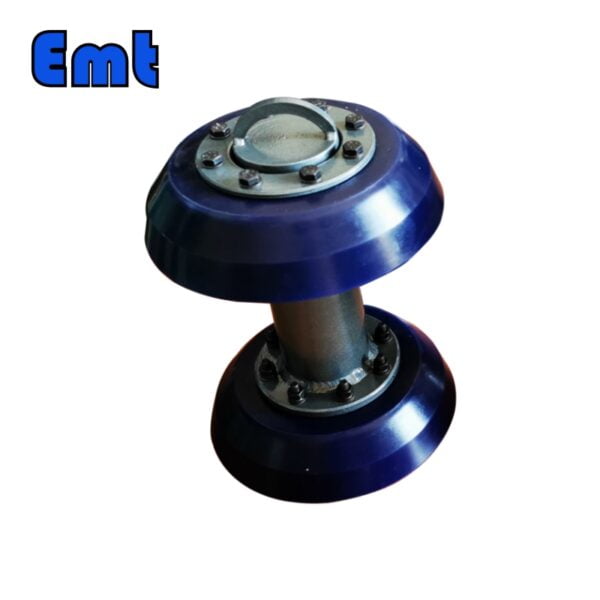
Reviews
There are no reviews yet.